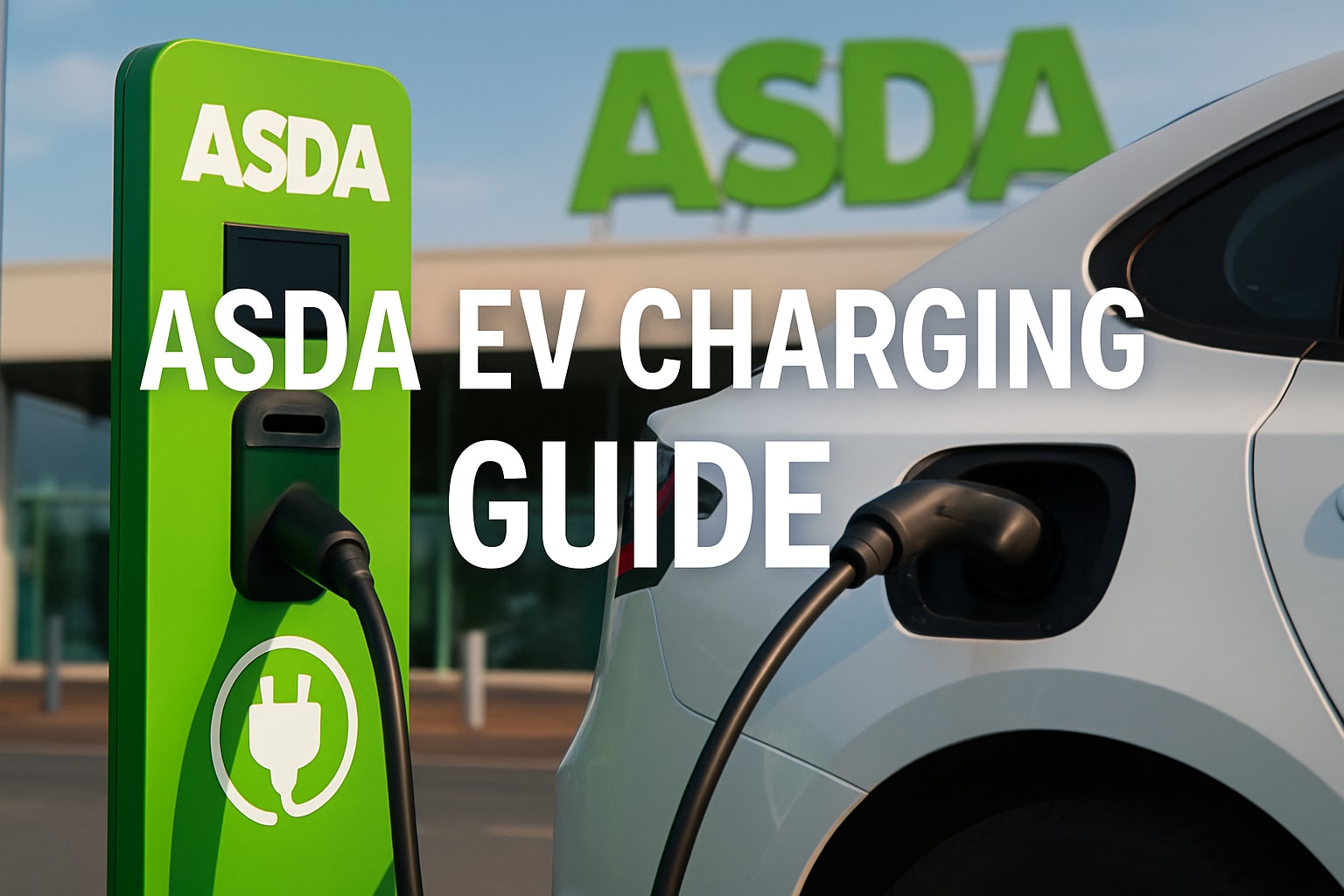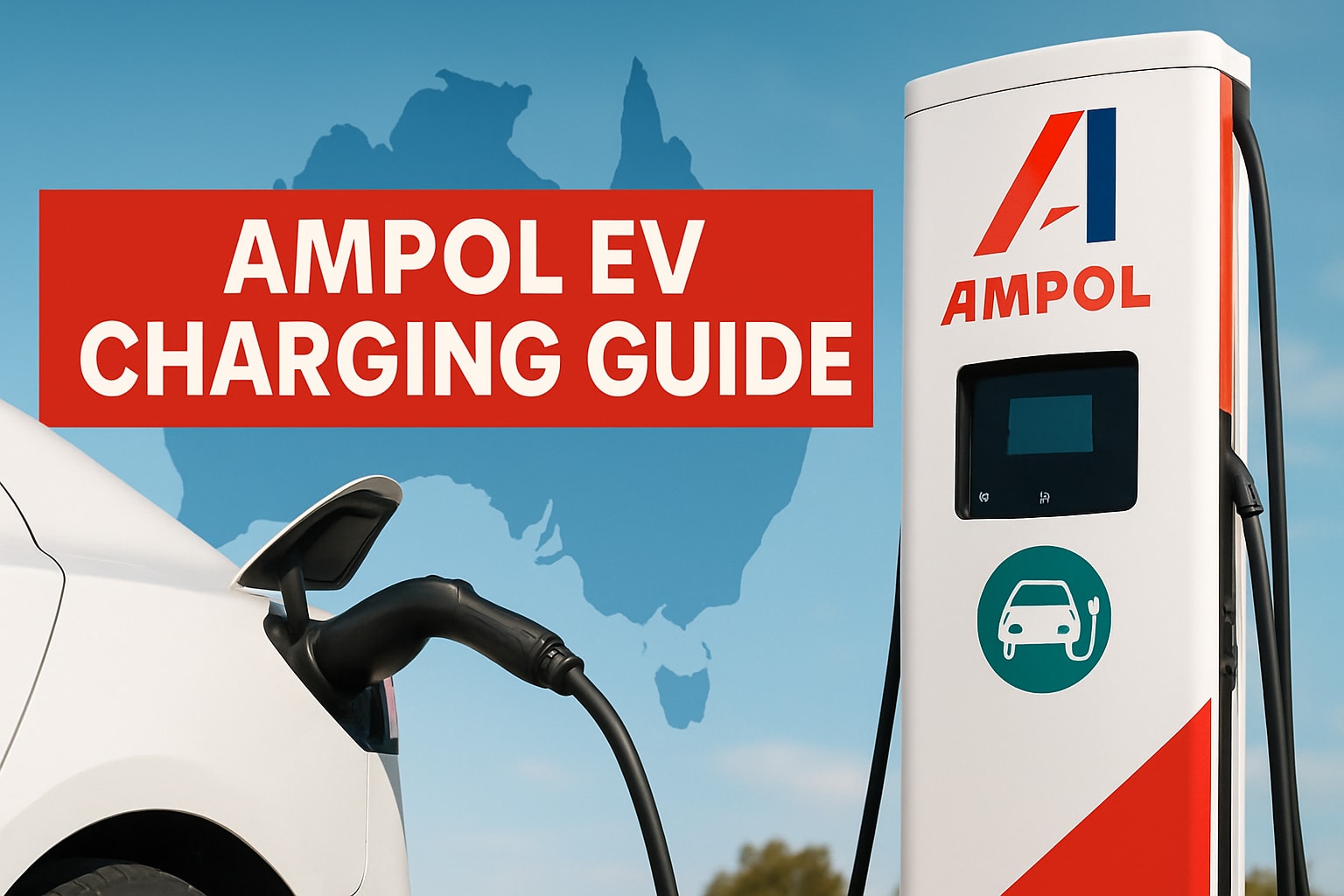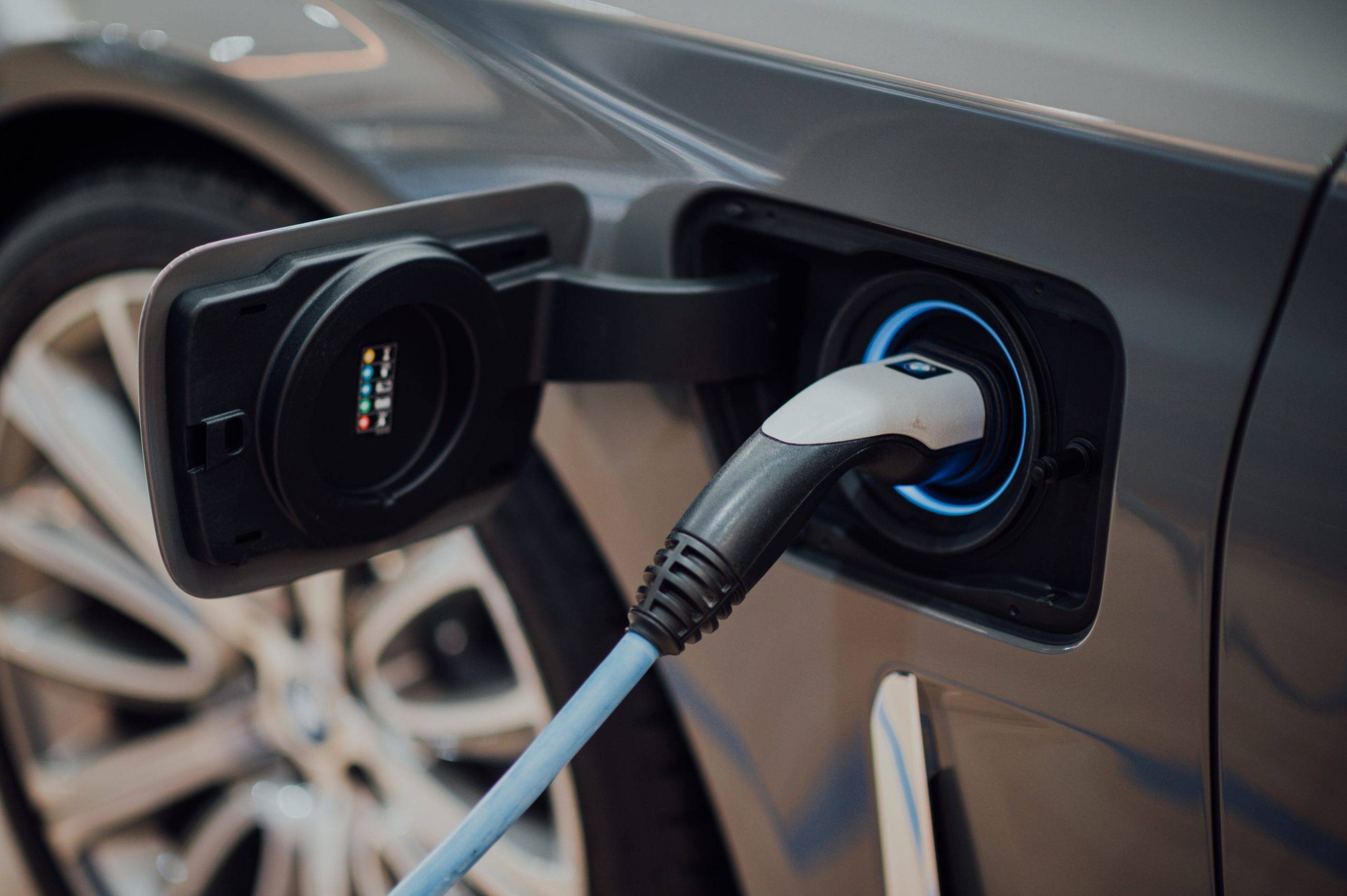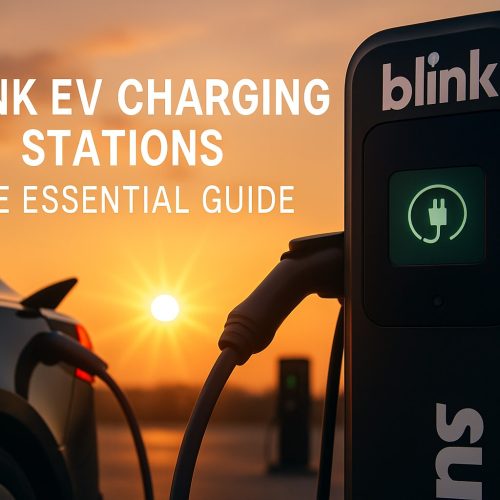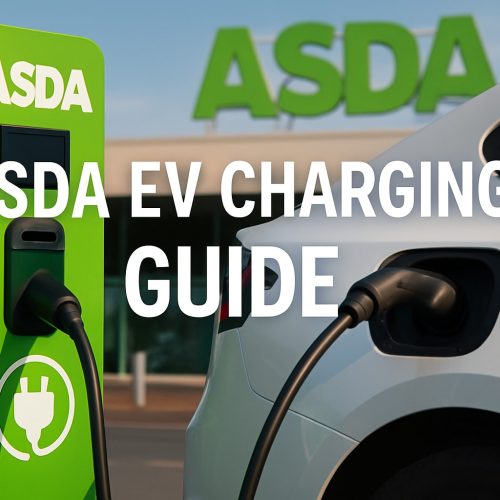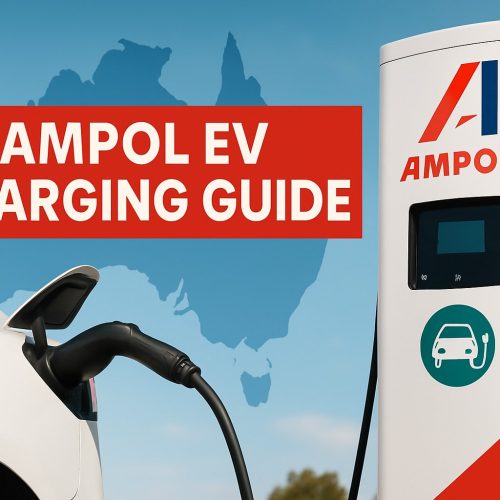Dive into the World of EV Charging
Electric vehicles (EVs) are no longer just a fringe novelty; they are becoming a significant presence on roads around the world. A key factor propelling this electric revolution is the advancement and availability of EV charging solutions. Understanding the nuts and bolts of an EV charger is essential for any current or prospective EV owner, as well as businesses looking to cater to the eco-conscious traveler.
The market’s growth trajectory has been nothing short of impressive, with a surge in electric vehicle adoption that has sparked an increased demand for various types of EV chargers. Whether for personal use or public infrastructure, the need for efficient, reliable, and accessible charging options is paramount. This takes us to the heart of today’s topic: the components of an EV charger and how they differ.
Introduction to the importance of EV chargers
The importance of EV chargers in the transition to sustainable transportation cannot be overstated. They are the bridge connecting electric vehicles to the power grid, functioning as the critical endpoint that delivers energy to EVs. Indeed, without a network of available and convenient charging stations, the shift towards electric mobility would screech to a halt.
Brief mention of the growth in electric vehicle adoption
It’s a thrilling time in the world of electric vehicles. Each passing year breaks new records in EV adoption rates, with numerous countries investing heavily in charging infrastructure to meet the expanding fleet of electric cars, trucks, and buses. This influx of electric vehicles is reshaping how we think about fueling our rides and the innovations driving the industry forward.
Transition to exploring the components of an EV charger
Now, let’s shift gears and dissect the various elements that make up an EV charger. Like a skilled mechanic honing in on a car’s engine, we’ll examine each component, revealing how they come together to power your electric vehicle’s journeys.
Understanding the Various Types of EV Chargers
Before delving into the individual components, it’s useful to understand the landscape of EV charger types. Commonly categorized into Level 1, Level 2, and DC Fast chargers, each type serves different needs and scenarios.
Explore Different Types of Electric Vehicle Chargers Today
The choice of charger impacts the components required. For instance, a Level 1 charger, which handles lower power levels and is typically used at home, may have less complex architecture than a DC Fast charger found along highways and in public stations designed for rapid charging during longer journeys.
Overview of different EV charger types*
- Level 1 Chargers: Often included with an EV purchase, these chargers can plug into a standard household outlet and offer a slow but convenient charge—ideal for overnight topping-up.
- Level 2 Chargers: Faster than Level 1, these require a higher-power outlet (similar to what powers a stove or dryer) and are common in residential and commercial settings.
- DC Fast Chargers: The quickest option available, DC Fast chargers are highly complex and powerful, necessitating significant infrastructure and energy supply.
Significance of charger types on components
The kind of charger you select directly impacts the complexity and capability of the components within. Level 1 chargers will have a more straightforward build compared to the sophisticated systems involved in DC Fast charging, which accommodates the swift current transfer.
The important takeaway is this: Knowing the type of charger is just the prologue to our story. To truly understand the function and purpose, one must scrutinize the individual components that bring these machines to life. Let’s take that closer look.## The Core Components of EV Chargers
As we journey through the intricacies of electric vehicle chargers, we uncover the pivotal components that determine functionality, efficiency, and compatibility. These components not only enable the transfer of power from source to vehicle but also ensure that the process is convenient, adaptable, and most importantly, safe for everyone involved.
The Power Unit: Heart of the Charger
At the core of every EV charger is the power unit—often thought of as the heart of the system. It’s responsible for converting electrical energy from our power grid, which is alternating current (AC), into a direct current (DC) form that can be stored in an EV’s battery system. But it’s not just a simple conversion; the power unit must be intelligent enough to adjust the charging rate based on the vehicle’s current state and capacities.
Explanation of the power conversion process
- AC to DC Conversion: For Level 2 and DC Fast chargers, a rectifier circuit is used to transform AC power to DC before it is fed to the vehicle.
- Charging Control: The unit communicates with the vehicle to regulate how much power is provided, preventing damage to the battery cells.
Role of the amperage in charging speed
The amperage of a charger is akin to the size of a water hose. The larger it is, the more water—or in this case, electricity—it can deliver at one time. Charger amperage drastically influences how quickly an EV’s battery can be charged. High-amperage chargers, such as DC Fast chargers, can power up a vehicle in a fraction of the time it takes on lower-amperage counterparts.
A Comprehensive Guide to Electric Vehicle Home Charging: Understanding Amperage ⚡️🚗
The Connector Cable: The Lifeline
Extending from the power unit to your EV is the connector cable, a critical lifeline that facilitates the flow of electrons into your vehicle’s battery. These cables vary depending on charger type and vehicle requirements, but they all serve the same vital purpose.
Different cable types and their compatibility with vehicles
- J1772 : The standard for most Level 1 and Level 2 chargers in North America.
- CHAdeMO : A DC Fast charging standard, mainly used by Japanese brands.
- CCS (Combined Charging System) : Another DC Fast charging standard that is gaining widespread adoption globally.
Importance of extensions and cable management
Considering how essential these cables are, it is just as important to manage them properly to ensure longevity and safety. Cable management systems, like reels and hangers, protect the cables from wear and tear. Additionally, extension solutions can be a real boon for drivers who may encounter charging stations with inconveniently placed chargers.
Discover the Power of EV Charge Cable Extension Solutions
Interface and Control Mechanisms: User Interaction
Once connected, the user interface and control mechanisms are where the driver interacts with the charging system. These components ensure that starting, monitoring, and stopping a charge is straightforward and accessible—offering an excellent user experience.
How users interact with the charger
- Physical Buttons/Dials: These offer tactile control over the charger’s functions.
- Touch Screens: Modern chargers often come with screens that display information and enable user control.

Technological advancements in user interface
Developments in user interface technology not only provide physical interaction but also allow for software enhancements, remote control, and even integrations with smartphone apps. This undeniably enriches the charging experience, making it more user-friendly and efficient.
Simplifying EV Charging with Gridserve: A User Experience 🚗🔌
EV Charger Housing: Safety and Durability
The components of an EV charger must be protected from the elements and deterioration, making the charger housing a vital feature. Constructed from robust materials and designed to withstand a range of outdoor conditions, these housings shield the intricate electrical components from weather and incidental contact.
Materials and design for outdoor conditions
From polycarbonate to metal alloys, the materials chosen for charger housings are selected for their durability, heat resistance, and environmental resilience. They’re often designed with an eye for aesthetics but, more importantly, with a strict adherence to functionality and protection.
Safety considerations and certifications
Safety in charging equipment is paramount. A charger must have various certifications to ensure that it meets safety standards. These typically include protections against electrical hazards, such as short-circuits and overloads, and may feature temperature controls and emergency shut-off mechanisms to protect users and their vehicles.
Ensuring Safety at Charging Stations: Your Ultimate Guide
We have dissected the core components that bring an EV charger to life, each playing an irreplaceable role in the seamless delivery of power to your electric vehicle. As we continue to witness the electrifying evolution of the automotive industry, these components will undoubtedly advance, offering even greater efficiency, convenience, and integration with the burgeoning green transit ecosystem.## Advanced Features in Modern EV Chargers
As the EV landscape continually evolves, modern chargers are beginning to exhibit a suite of advanced features that enhance the charging process and user experience. Smart charging capabilities and seamless connectivity are becoming the norm, offering users unprecedented control and flexibility.
Smart Charging and Connectivity
Smart charging is a term that encapsulates a variety of features aimed at increasing the efficiency of the charging process, reducing electricity costs, and supporting the overall power grid. Here’s a glimpse of what smart charging entails:
- Scheduled Charging: Users can set their chargers to operate at times when electricity rates are lower, or when renewable energy availability is higher, optimizing both cost and environmental impact.
- Load Balancing: Chargers can adjust the charging speed based on the current demand on the home’s or grid’s electrical system to prevent overloads.
- Integration with Smart Home Systems: Many modern chargers can be integrated with smart home devices, allowing users to monitor and control their charger through a centralized home automation system.
- Remote Access and Monitoring: Through a dedicated app, users can start or stop charging sessions remotely and receive updates on their vehicle’s charging status.
- Grid Support: Some smart chargers can provide services to the grid, such as demand response, wherein during high demand on the grid, vehicles can be scheduled to charge later.
These advancements not only cater to individual convenience but also play a significant role in facilitating the dynamic management of electrical loads, thereby supporting the broader adoption of renewable energy and encouraging a more responsive and resilient power grid.
Features that enhance the charging experience
- Real-Time Data Analysis: Chargers yield data on usage patterns, energy cost savings, and even carbon footprint reduction.
- Over-The-Air Updates: Software updates sent directly to the charger can introduce new features and improve existing functionalities without the need for hardware changes.
- Energy Usage Insights: Users can get a detailed report on their charging habits and suggestions for optimizing energy consumption.
Wireless Charging Innovations
Imagine pulling into your parking space and your EV begins charging wirelessly. This is the future promised by wireless EV charging technology, a system that removes the need to plug in, enhancing convenience and paving the way for new charging paradigms.
Wireless charging operates on the principle of inductive charging, where an electromagnetic field transfers energy between two coils—a transmitter on the ground and a receiver mounted on the underside of the vehicle.
The future of EV charging without cables
- Streamlined Charging: Automated and cable-free, making it exceptionally user-friendly.
- Architectural Integration: Potential to be integrated into various environments, like streets or parking lots, without the obstruction of charging pillars or cords.
Latest Wireless EV Charging Technology Updates Unveiled
While still emerging, this technology promises to transform the charging experience by making it as simple as parking your car. Though it currently faces challenges like retrofitting existing vehicles and ensuring high efficiency, it’s definitely a development worth watching.
Choosing the Right EV Charger for Your Needs
Selecting the appropriate EV charger isn’t just about picking the fastest or most advanced option; it involves considering a myriad of factors to ensure that the charger fits your unique needs and circumstances. What are some of these considerations?
- Charging Speed: How quickly do you need your vehicle to charge? Overnight or during a quick stop?
- Usability: Is the interface intuitive enough for your comfort? Do you prefer app connectivity?
- Vehicle Compatibility: Does the charger match the specifications and charging standards of your vehicle?
- Installation Requirements: Can your current electrical system accommodate the charger, or will upgrades be necessary?
- Cost: Beyond the initial price, consider potential savings from energy management features or eligibility for rebates and incentives.
By thoughtfully navigating these factors, you can select a charger that not only meets your current needs but also aligns with future aspirations as both personal transport and the energy sector continue to embrace electrification.
Guide on How to Choose an Electric Vehicle Charger
The process of choosing the right EV charger is a nuanced one, with decisions impacted by personal routine, driving behavior, and broader environmental considerations. Thus, while a more comprehensive guide can provide deeper insights into each factor, this overview serves as a springboard for informed decision-making.
Key Takeaways
| Key Components of an EV Charger | Description |
|---|---|
| Power Unit | Converts AC power from grid to DC for battery storage and adjusts charging rate. |
| Connector Cable | Facilitates flow of electricity to EV’s battery and varies by charger type and vehicle requirements. |
| User Interface and Control Mechanisms | Allows for user interaction with the charger for operation and monitoring. |
| Charger Housing | Protects electrical components from elements and wear, ensures user safety. |
| Smart Charging Features | Includes scheduled charging, load balancing, smart home integration, and remote access and monitoring. |
| Wireless Charging | Uses inductive charging for a cable-free charging experience, easing integration into various environments. |
| Choosing the Right Charger | Based on factors like charging speed, usability, vehicle compatibility, and cost. |
Remember, the charger type (Level 1, Level 2, or DC Fast Charger) will determine the complexity and capability of the components within.
Advanced features like smart charging and wireless charging are shaping the future of EV infrastructure, offering more control and convenience to the user.
Selecting the right charger requires consideration of multiple factors, detailed guides such as Guide on How to Choose an Electric Vehicle Charger can provide a comprehensive understanding.

